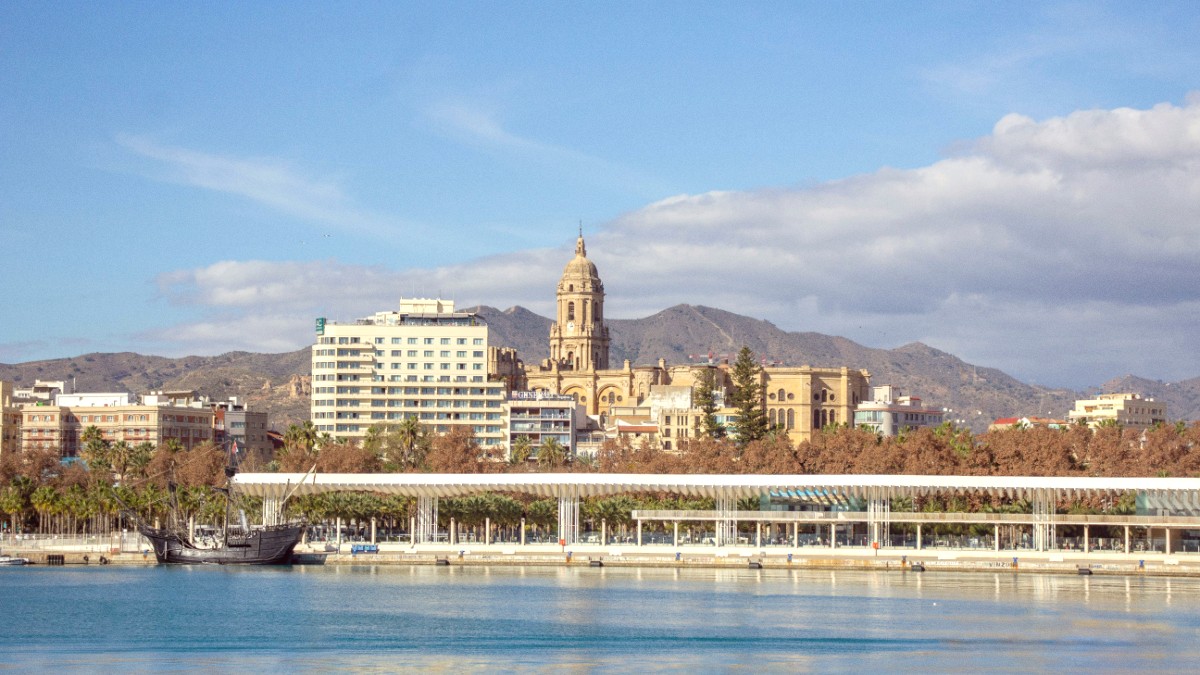
Andalucia, Spain
Malaga's cuisine is profoundly Andalusian, with a strong Mediterranean influence. Its coastal location places fresh seafood at the heart of its diet.
Simple preparation methods often highlight the quality of fresh ingredients, prioritizing natural flavor.
An assortment of local, lightly battered and fried fresh fish, perfected in Malaga.
Sardines skewered on a cane and grilled over an open wood fire, typical at beachside chiringuitos.
Local versions like "Ajoblanco" (almond and garlic) and "Porra Antequerana" (thicker gazpacho).
Fresh sardines skewered on a cane and grilled over an open wood fire, seasoned with sea salt.
A culinary symbol of Malaga, perfected at beachside chiringuitos.
An assortment of lightly battered and fried fresh fish, served hot and crisp, often with lemon.
May include anchovies (boquerones), baby squid (calamaritos), or mullet (salmonetes).
A refreshing cold soup made from almonds, garlic, olive oil, bread, and water, garnished with grapes or melon.
Especially popular during the summer months for its cooling effect.
Fried dough pastries, served for breakfast or an afternoon "merienda," dipped into thick hot chocolate.
"Crazy cakes" - puff pastry with rich cream filling, topped with orange glaze and a cherry, found in local bakeries.
For sophisticated culinary experiences, Malaga has options with innovative techniques and local ingredients.
These establishments offer a good balance of quality, atmosphere, and price for a satisfying meal.
For delicious and affordable meals, seek out these local spots.
A beautiful 19th-century market building with fresh produce, seafood, and small eateries inside.
A historical site and culinary hub.
A smaller, modern food market with gourmet food stalls and seating near Plaza de la Merced.
Offers diverse dishes, from traditional to international.
Pasta, pizza, and regional specialties.
Japanese, Chinese, Thai, and Vietnamese options.
Shawarma, falafel, and other delights.
Many other international options available.
Awareness of gluten intolerance is growing. Many restaurants can advise on gluten-free choices.
Use the phrase "sin gluten" (without gluten).
Clearly communicate your dietary restrictions to staff when dining out.
Carrying a small card with translated needs is highly useful.
Various tools support locating restaurants for dietary preferences.
Digital translation tools are very useful for clear communication.
Learn to prepare traditional dishes like paella, tapas, or gazpacho.
Explore local markets and tapas bars with a knowledgeable guide for insights.
Enjoy fresh seafood, especially espetos, steps from the beach.
Visit a historic wine cellar or tavern for local sweet Malaga wine.
Opportunities to visit olive oil mills in the surrounding region.
Explore local wineries in the countryside, often with organized tours.
Discover local farming practices and fresh produce sources.
Access to these visits often requires a car or a guided tour.
Includes gastronomy sections during its typical March run.
Specific celebrations for olives, grapes, or subtropical fruits in nearby towns.
Check current local event schedules for exact dates and details.
Fresh seafood and cold soups are at their peak during the summer months.
Torrijas (similar to French toast, soaked in milk or wine, fried, and sweetened with honey) are traditional Lenten and Easter treats.
Polvorones and Mantecados are crumbly shortbreads, flavored with cinnamon or almond, widely consumed during the festive season.
Do not be afraid to taste novel dishes. Malaga's cuisine is straightforward, relying on fresh, quality ingredients.
Ask locals for their favorite tapas bars; often, the best spots are unassuming and off the main tourist paths.
Dining in Malaga is a cultural event. Savor the relaxed pace and communal sharing of dishes.
Malaga's culinary scene is a delight. Embrace the local pace of dining and the tradition of sharing.